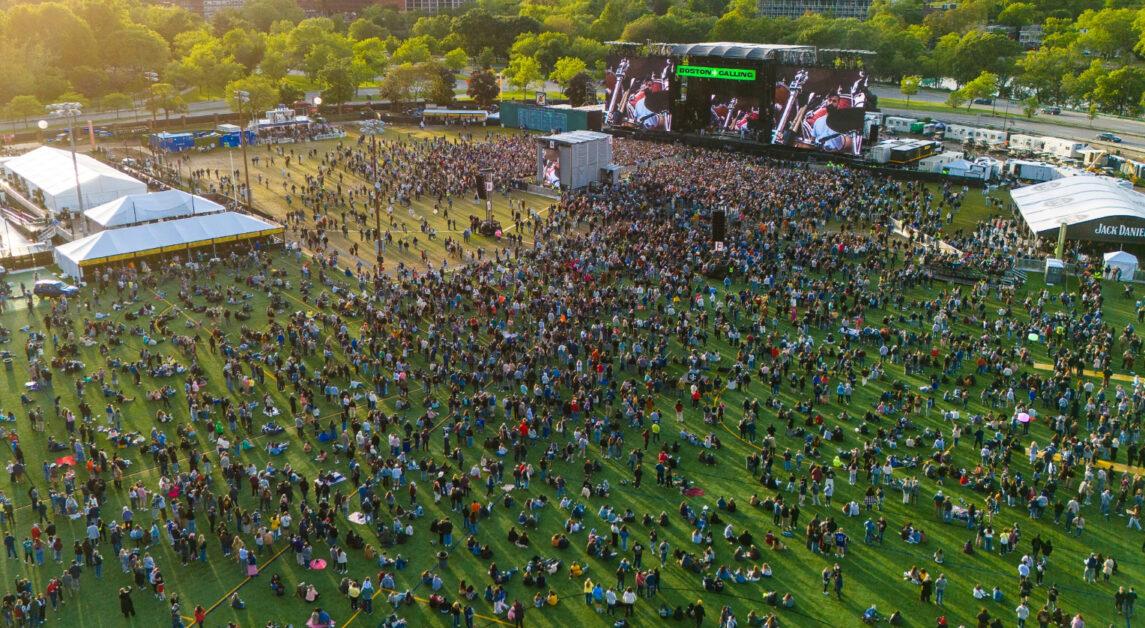“I don’t try to stay the same.”
She’s still not sure she found what she wanted.
Kathryn Riley, A&S ’15, likes the everyday: people stopped in the T, people rushing to South Station. “The vernacular,” she says with a laugh, as she recalls a class lecture. Riley is an Instagram artist, and a well-known one by most standards, recently breaking 5,000 followers. She’s been named one of the “Top 10 Instagrammers to Follow” by Halfstack Magazine, with her work featured in several other photo publications.
[instagram-feed]
She speaks modestly of her place in the network, quick to point out the luck of it all.
“There are a lot of days when I come back and I barely have anything—it’s the most defeating feeling,” she says. “And then there are some days when I feel nothing can go wrong.”
Peeling away the “superficial Boston,” to Riley, is a question of access. It means climbing fences, walking past doormen, capturing moments in unwelcome spaces. She’s won the reprimand of T drivers and the occasional reproach of her subjects. Few things are as uncomfortable as a train ride spent with an angry passenger, she’ll tell you—she avoids shooting on the Green Line, where there’s not much room to hide.
She prefers to travel the city alone, walking quietly through Boston’s streets, taking two-way trips across the train network on a single fare. These shoots can last up to eight hours.
“I don’t try to stay the same,” she says when asked about her method.
Having grown up in Massachusetts, she’s seen the city change. As a child, she took occasional trips by her father’s office in the financial district. She remembers, then, the smell of nearby garbage heaps wafting by South Station. Today, the same streets are pristine, with manicured lawns and elaborate public art displays.
She prefers shooting in T stations: she likes their lighting, and marvels at how generic they are compared to what she’s seen in New York and London. There’s an aesthetic to grungy places she’s really grown to love.

“That’s what you do when you have nothing else to do,” Riley says.
Wrentham is a relatively isolated community between Newport, R.I., and Boston. It’s a part of Massachusetts where you can still hear coyotes and fisher cats trying to kill each other at night. “We’re one of those old New England towns where in the center of town there’s a common with a gazebo and a white church with a big steeple,” Riley says. She grew up there in a big Irish Catholic family (her mother was one of 13 children), and belonged to a long line of Division 1 athletes. New England sports were an important part of life in Wrentham. Heavily involved in sports through high school, Riley came to Boston College to play lacrosse.
Two years into her college career, she left the sport. Like that game in high school, Riley had to find her way back. She was a junior, walking around the Involvement Fair, seriously considering other extracurriculars for the first time. She found Sub Turri, the BC yearbook for which she is photo editor now, and on a more personal level, she found photography.
Her interest in the art had began to pick up at the end of her sophomore year, and it was adjunct fine arts professor Greer Muldowney, in her junior year, who first turned her onto street photography. Muldowney’s assignment, directing students into the city to look for new angles of Boston, developed into an obsession for Riley.
“We’re one of those old New England towns where in the center of town there’s a common with a gazebo and a white church with a big steeple.”
Riley considers herself a shy person, which is partially why her interest in street photography still somewhat surprises her. She describes the moment the shutter clicks as an adrenaline rush, and the response she gets to her work on Instagram addictive.
For Riley, Instagram is as much a community as a platform. She’ll frequently meet up with other prominent Boston Instagrammers, ask them about techniques. When visiting a new city, she’ll message other Instagram artists in the area to learn about the best spots to visit.
She finds it entertaining how involved these photographers can get, recounting a great “Insta-beef” last year over the posting of DSLR photography (photos taken with a professional or semi-professional digital camera) on a platform designed initially for mobile images.
Riley considers that particular Insta-beef settled, and comments that most in the Instagram community accept that the application is for so much more than mobile photos at this point. She personally takes all her Instagram photos with a DSLR camera.
Street photographers, typically uninterested in rules, do have ethical limitations from Riley’s perspective. She actively avoids photos that exploit those without homes, for example, and asks permission when in doubt.
Still, though, the line between observation and intrusion can quickly blur. Several weeks ago, photographing a shop in Boston’s Chinatown, Riley found herself suddenly face-to-face with an irate street vendor. These roll-in shops, heavily restricted by Boston regulators, tend to operate without permits in the city’s downtown.
Well-intentioned photographers can appears as threats to some. For the most part, however, Riley finds that, as a woman, she draws less suspicion in photographing strangers, and can navigate most spaces without drawing much more than a sour look or two.

Lines of commuters hang right on the escalator. Riley hangs left, camera to her face, and lets out a round of shutter clicks. In the Cambridge underground, there’s a clearer view of the city than you could ever find at street level.
With the next train’s arrival, we head back down. Face after face—some questioning, most unaware—pass us, trapped in the nine-to-five foot traffic, unable to protest as the photographer passes on the opposite escalator, capturing their evening routine in detail.
In a minute’s time, the station empties. We’re now on the opposite end of the subway system, far from home. We wait on the vacant platform, ready to make our way back to BC.
That’s what you do when you have nothing else to do.

Featured Image by Francisco Ruela / Heights Graphic


















